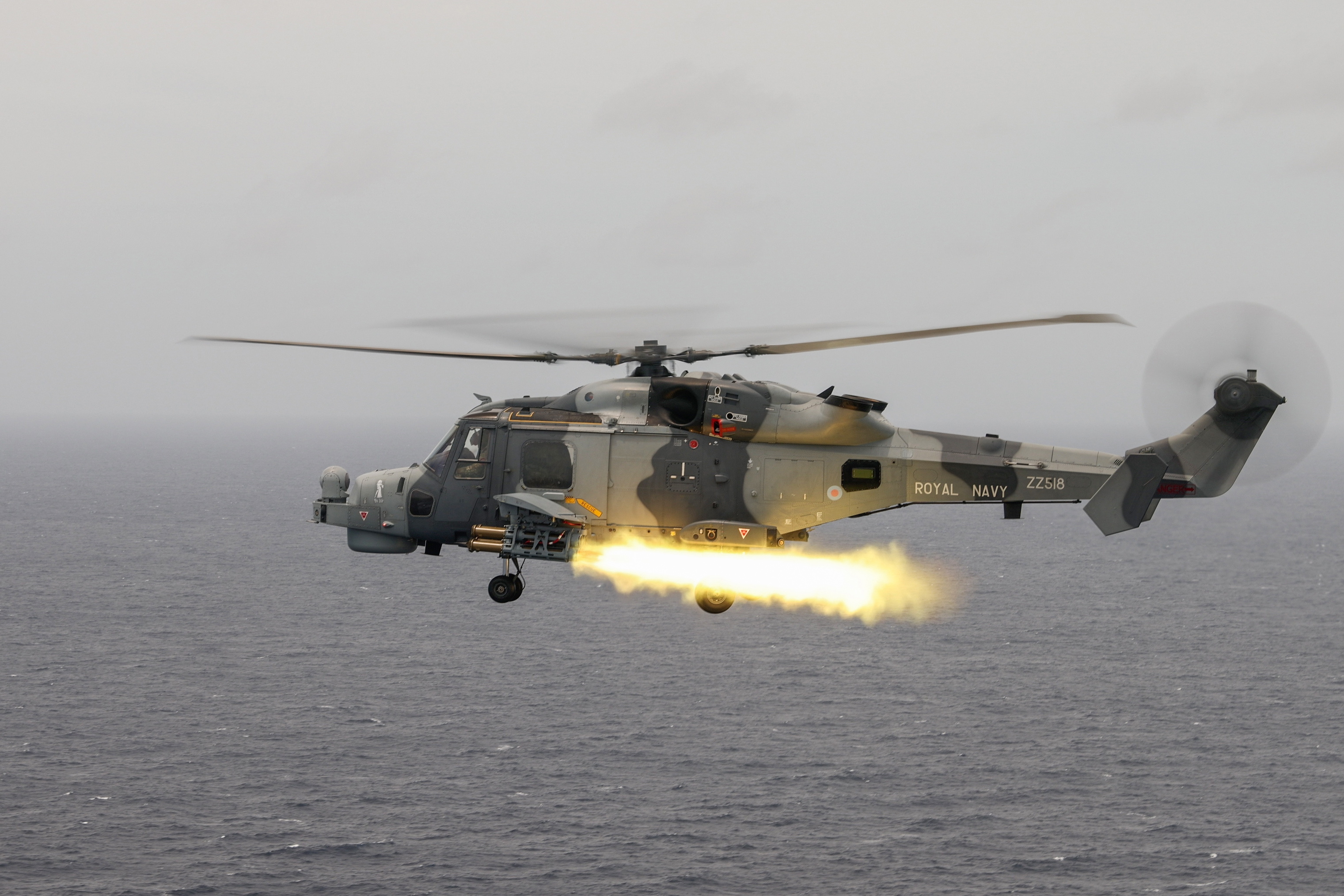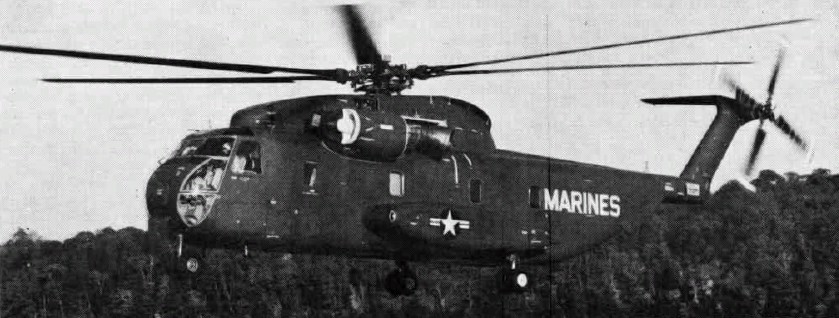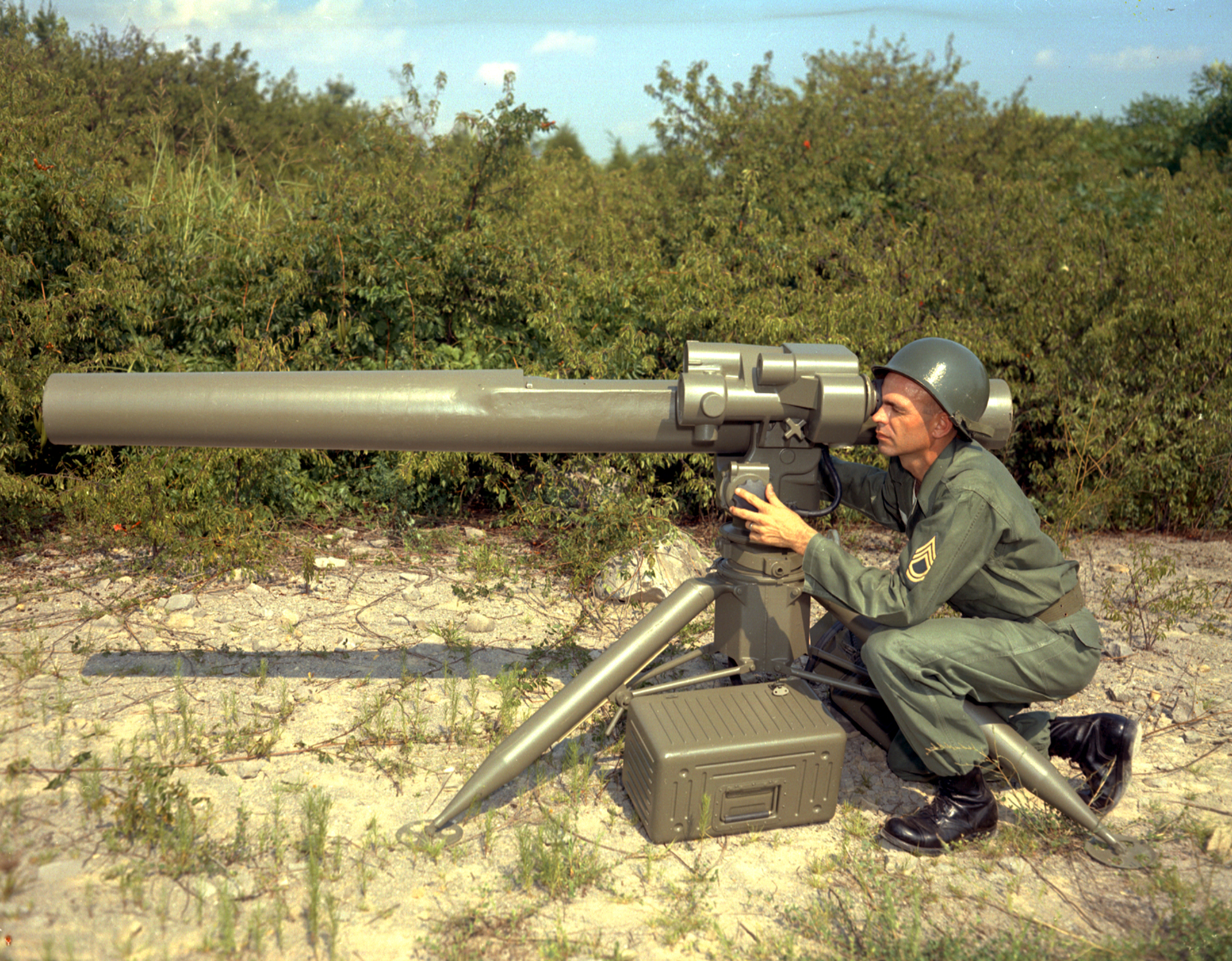|
Stormer HVM
The Alvis Stormer is a military armoured vehicle manufactured by the British company Alvis Vickers, now BAE Systems Land & Armaments. The Stormer is a development of the CVR(T) family of vehicles (Scorpion, Scimitar, Spartan etc.), essentially a larger, modernised version with an extra road-wheel on each side. Variants As with most modern armoured fighting vehicles, the Stormer can be produced in several different configurations for different battlefield roles. It is marketed by BAE as being available in configurations such as a two-person turret armed with a 25 mm cannon, air defence (with guns or missiles), an engineer vehicle, a recovery vehicle, an ambulance, a mine layer, an 81 mm or 120 mm mortar carrier, a command and control vehicle, a bridge layer, and a logistics vehicle. Optional equipment includes a nuclear-biological-chemical protection system, an amphibious kit, passive night-vision equipment, and an air-conditioning system. Stormer HVM The Briti ... [...More Info...] [...Related Items...] OR: [Wikipedia] [Google] [Baidu] |
9 (Plassey) Battery Royal Artillery
9 (Plassey) Battery Royal Artillery is an air defence battery of the Royal Artillery that serves with the British Army's 12th Regiment Royal Artillery. It is stationed at Baker Barracks, Thorney Island, West Sussex. The battery was originally formed as the first unit of the Bengal Artillery, raised in 1749 as part of the Honourable East India Company's Army. Its original name was 1 Company, Bengal Artillery, and it was stationed in Fort William in Calcutta. It was still manning the fort when the Nawab of Bengal attacked it. The majority of the battery subsequently died as prisoners of the Nawab in the now infamous Black Hole of Calcutta incident. Soon after the battery saw action in the Battle of Plassey as part of the force led by Sir Clive of India on 23 June 1757. It was the battery's heroic actions at this battle which later earned it the honour title 'Plassey'. On 19 February 1862 all the artillery of the East India Company was transferred to the Royal Artillery, an ... [...More Info...] [...Related Items...] OR: [Wikipedia] [Google] [Baidu] |
Martlet (missile)
Martlet or the Lightweight Multirole Missile (LMM) is a lightweight Air-to-surface missile, air-to-surface, Air-to-air missile, air-to-air, surface-to-air, and Surface-to-surface missile, surface-to-surface missile developed by Thales Air Defence for the United Kingdom. It is named after a mythical bird from English heraldry that never roosts, the Martlet. The LMM was developed from the Starburst (missile), Starburst surface-to-air missile to meet the UK's "Future Air-to-Surface Guided Weapon (Light)" requirement to equip the Royal Navy's AgustaWestland AW159 Wildcat, AW159 Wildcat helicopters and supplement the heavier Sea Venom (missile), Sea Venom missile by the engagement of smaller and manoeuvrable naval craft. A glide variant of the LMM known as FreeFall LMM (FFLMM) or Fury is designed as a lighter munition to equip drones and is currently slated to equip the British Army's M270 Multiple Launch Rocket System, Dispensing Rocket Payload for the GMLRS, GMLRS-ER and Precision St ... [...More Info...] [...Related Items...] OR: [Wikipedia] [Google] [Baidu] |
GAU-13
The General Electric GAU-13/A is a 30 mm electric Gatling-type rotary cannon derived from the GAU-8 Avenger cannon. Description The GAU-13 was developed in the late 1970s for use in gun pod applications for fighter aircraft and attack aircraft use, primarily for air-to-ground and anti-tank attacks. The GAU-13/A is a four-barreled rotary cannon based on the mechanism of the larger GAU-8, sharing the same massive 30 mm ammunition. Like the Avenger, it has a double-ended feed system with reverse clearing to remove unfired rounds. Unlike the GAU-8, however, it is pneumatically driven, giving it a rate of fire of 2,400 rounds per minute. Minimum time between stoppages is estimated at 32,000 rounds, making it a very reliable weapon. The GAU-13/A uses the same range of ''PGU-13'' High Explosive Incendiary (HEI) and ''PGU-14'' Armor-Piercing Incendiary (API) rounds (which contain a depleted uranium penetrator) as the Avenger. Despite its somewhat lower rate of fire compared ... [...More Info...] [...Related Items...] OR: [Wikipedia] [Google] [Baidu] |
GAU-12 Equalizer
The General Dynamics GAU-12/U Equalizer is a five-barrel 25 mm Gatling-type rotary cannon. The GAU-12/U is used by the United States, Italy and Spain, which mount the weapon in their attack jets such as the AV-8B Harrier II, airborne gunships such as the Lockheed AC-130, and land-based fighting vehicles. A lighter four-barrel version, designated GAU-22/A, is mounted on F-35 Lightning II fighter jets. Multiple-barrel firearms Development The five-barrel Equalizer cannon was developed in the late 1970s, based on the mechanism of the 30mm GAU-8/A Avenger cannon, but firing a new NATO series of 25 mm ammunition. The GAU-12/U cannon is operated by an 11 kW (15 hp) electric motor, or in external mounts supplied by a bleed air driven pneumatic system. Its rate of fire is normally 3,600 rounds per minute, with a maximum of 4,200 rounds per minute. For use in the AC-130 gunship, the fire rate is limited to 1,800 rounds per minute in order to conserve ammunition and re ... [...More Info...] [...Related Items...] OR: [Wikipedia] [Google] [Baidu] |
FIM-92 Stinger
The FIM-92 Stinger is an American man-portable air-defense system (MANPADS) that operates as an infrared homing surface-to-air missile (SAM). It can be adapted to fire from a wide variety of ground vehicles, and from helicopters and drones as the Air-to-Air Stinger (ATAS). It entered service in 1981 and is used by the militaries of the United States and 29 other countries. It is principally manufactured by Raytheon Missiles & Defense and is produced under license by Airbus Defence and Space in Germany and by Roketsan in Turkey. Description The FIM-92 Stinger is a passive surface-to-air missile that can be shoulder-fired by a single operator (although standard military procedure calls for two operators team chief and gunner). The Stinger was intended to supplant the FIM-43 Redeye system, the principal difference being that, unlike the Redeye, the Stinger can acquire the target from head-on, giving much more time to acquire and destroy the target. The FIM-92B missile can also be f ... [...More Info...] [...Related Items...] OR: [Wikipedia] [Google] [Baidu] |
Sikorsky CH-53 Sea Stallion
The CH-53 Sea Stallion (Sikorsky S-65) is a family of American heavy-lift transport helicopters designed and built by the American manufacturer Sikorsky Aircraft. The Sea Stallion was originally developed in response to a request from the United States Navy's Bureau of Naval Weapons made in March 1962 for a replacement for the Sikorsky CH-37 Mojave helicopters flown by the United States Marine Corps (USMC). In July 1962, Sikorsky's proposal, which was essentially a scaled-up S-61R fitted with twin General Electric T64 turboshaft engines and the dynamic systems of the S-64/ CH-54, was selected. On 14 October 1964, the YCH-53A performed its maiden flight; the first deliveries of production CH-53s to operational units commenced on 12 September 1966. The first combat use of the type occurred during the following year when it was deployed to the Vietnamese theater; the CH-53 quickly proved its value for moving heavy payloads, particularly in the recovery of damaged aircraft. S ... [...More Info...] [...Related Items...] OR: [Wikipedia] [Google] [Baidu] |
Royal Air Force
The Royal Air Force (RAF) is the Air force, air and space force of the United Kingdom, British Overseas Territories and Crown Dependencies. It was formed towards the end of the World War I, First World War on 1 April 1918, on the merger of the Royal Flying Corps (RFC) and the Royal Naval Air Service (RNAS). Following the Allies of World War I, Allied victory over the Central Powers in 1918, the RAF emerged as the largest air force in the world at the time. Since its formation, the RAF has played History of the Royal Air Force, a significant role in Military history of the United Kingdom, British military history. In particular, during the Second World War, the RAF established Air supremacy, air superiority over Nazi Germany's Luftwaffe during the Battle of Britain, and led the Allied strategic bombing effort. The RAF's mission is to support the objectives of the British Ministry of Defence (United Kingdom), Ministry of Defence (MOD), which are to "provide the capabilities nee ... [...More Info...] [...Related Items...] OR: [Wikipedia] [Google] [Baidu] |
Lockheed C-130 Hercules
The Lockheed C-130 Hercules is an American four-engine turboprop military transport aircraft designed and built by Lockheed Corporation, Lockheed (now Lockheed Martin). Capable of using unprepared runways for takeoffs and landings, the C-130 was originally designed as a troop, Medical evacuation, medevac, and Cargo aircraft, cargo transport aircraft. The versatile airframe has found uses in other roles, including as a gunship (AC-130), for airborne infantry, airborne assault, search and rescue, scientific research support, weather reconnaissance, aerial refueling, maritime patrol, and aerial firefighting. It is now the main tactical airlifter for many military forces worldwide. More than 40 variants of the Hercules, including civilian versions marketed as the Lockheed L-100, operate in more than 60 nations. The C-130 entered service with the U.S. in 1956, followed by Australia and many other nations. During its years of service, the Hercules has participated in numerous militar ... [...More Info...] [...Related Items...] OR: [Wikipedia] [Google] [Baidu] |
TOW Missile
The BGM-71 TOW ("Tube-launched, Optically tracked, Wire-guided", pronounced ) is an American anti-tank missile. TOW replaced much smaller missiles like the SS.10 and ENTAC, offering roughly twice the effective range, a more powerful warhead, and a greatly improved semi-automatic command to line of sight (SACLOS) that could also be equipped with infrared cameras for night time use. First produced in 1968, TOW is one of the most widely used anti-tank guided missiles. It can be found in a wide variety of manually carried and vehicle-mounted forms, as well as widespread use on helicopters. Originally designed by Hughes Aircraft in the 1960s, the weapon is currently produced by RTX. History Previous designs Late in World War II, the German Army began experimenting with modified versions of the Ruhrstahl X-4 wire-guided missile. Originally developed for the ''Luftwaffe'' as an anti-bomber weapon, by changing the warhead to one using a high-explosive anti-tank (HEAT) design, th ... [...More Info...] [...Related Items...] OR: [Wikipedia] [Google] [Baidu] |
Bushmaster II
The Mk44 Bushmaster II is a 30 mm chain gun manufactured by Northrop Grumman. It is a derivative of the 25 mm M242 Bushmaster, and uses 70% of the same parts as the M242 while increasing the firepower by as much as 50% with the 20% increase in caliber size. The barrel is chromium-plated for extended life. The gun uses standard GAU-8 Avenger ammunition that is available in API (Armor-Piercing Incendiary), HEI (High-Explosive Incendiary) and APFSDS-T (Armor-Piercing Fin-Stabilized Discarding Sabot-Tracer) variants. The gun can be converted to a caliber of 40×180 mm, which involves changing the barrel and a few key parts, to use the SuperShot 40 cartridge. It can also be converted to use the 30×170 mm RARDEN cartridge. History The Bushmaster II is the standard primary armament of the Bionix-II AFV currently in service with the Singapore Army, the KTO Rosomak in Polish service, and the CV90 AFVs in Finnish, Norwegian and Swiss service. Although the United ... [...More Info...] [...Related Items...] OR: [Wikipedia] [Google] [Baidu] |
Shielder Minelaying System
The Shielder minelaying system was used by the British Army to create anti-tank barriers quickly. The system was based on the American Alliant Techsystems Volcano mine system. It was ordered in 1995 and first deployed in 1999. The system consists of up to 40 dispensers, each containing 6 mines, mounted on the flat bed version of the Alvis Stormer tracked armoured fighting vehicle. The dispensers can launch mines to the sides and rear of the vehicle as it proceeds. Each mine has a programmable life, after which they self-destruct A self-destruct is a mechanism that can cause an object to destroy itself or render itself inoperable after a predefined set of circumstances has occurred. Self-destruct mechanisms are typically found on devices and systems where malfunction coul .... A dispenser control unit provides fire signals, testing and arming of the self-destruct mechanism. Twenty-nine Shielder systems were in service with the British Army in 2009. In 2013/14 it was revealed th ... [...More Info...] [...Related Items...] OR: [Wikipedia] [Google] [Baidu] |






